
Snifters, tulips, weizens, chalices—what’s the difference?
There’s no shortage of snobbery in the wine and craft beer communities. Exhibit A: the confusing array of glassware available to you and your favorite libation.
Wisdom has it that pilsner glasses are meant for lagers, snifters are intended for Belgian-style ales, tulip glasses are for strong ales and imperials, and weizen glasses are meant for… weizens.
There’s a similar orthodoxy for wine: You drink reds in glasses with large, round bowls and sparkling whites in a thin champagne flute. The credo is even more specific when you get down to particular styles.
But is this all a bunch of malarkey? Does the inward curve of a snifter really help retain aromas and enhance enjoyment of your beer? Or is it merely a promotional stunt for the glass industry?
Most experts agree: Glassware is important. BeerAdvocate, the industry’s foremost resource on everything beer, explains it most clearly:
“As soon as the beer hits the glass, its color, aroma and taste is altered, your eye candy receptors tune in, and your anticipation is tweaked. Hidden nuances become more pronounced, colors shimmer, and the enjoyment of the beer simply becomes a better, more complete, experience.”
Some of you may still think this is nonsense, but at the very least, you can’t deny the beauty and artful precision of a tulip glass, a chalice, or this IPA glass from Spiegelau.
With this appreciation in mind, let’s take a tour of the world of beer glassware.
Mug
Sometimes referred to as a beer stein, the mug is the glass of choice for beer halls everywhere. It can be made from porcelain or stoneware, and German varieties sometimes include a lid. In America, however, mugs are almost always made of glass.They’re large, sturdy, and meant to hold lots of beer. Little thought is given here to subtler nuances like aroma, clarity, or carbonation.
Pint
The most common and familiar beer vessel, pint glasses can be found in nearly every bar from Portland, Maine, to Portland, Oregon—even those fancy pubs where bartenders are trained to use specific glassware for specific styles.Like the mug, the pint glass isn’t designed for any one style in mind. It’s cheap and versatile, although some fanatics would gasp at the idea of pouring a Beglian ale into a pint glass.
Chalice
Chalices are like the gold rimmed umbrellas of glassware—ostentatious, excessive, and gorgeous. Like its more delicate cousin, the goblet, chalices are designed to look nice and retain head—the layer of foam that forms after you pour a beer. The bottom interior of the glass is actually riveted in order to agitate the beer and create a steady stream of bubbles. For this reason, chalices and goblets are ideal for CO₂-heavy beers like Belgian tripels and strong ales.
Pilsner
Smaller than some of the other glasses on this list, the pilsner glass typically holds 12 ounces of beer.The triangular dimensions help promote the sparkling colors of whitbiers (wheat beers) and lagers, particularly pilsners (duh). On a hot day, a glass of pilsner beer in a pilsner glass just looks refreshing.
Tulip
Tulips may be the prettiest glass on this list, but that’s a matter of opinion. They have a distinctive flower shape that’s similar to an hourglass—a feature that helps to both capture aromas and preserve head.The visual effect of this is tantalizing, especially to thirsty barflies who might gaze upon a tulip-full of Saison Dupont and declare, “I’ll have whatever that is.”
Weizen
If you’ve ever ordered a Weihenstephaner, Schneider Weisse, or other wheat beer, chances are it was served to you in a weizen (literally, “wheat”) glass. There’s something oddly satisfying about the look of wheat beer in a weizen glass.While they are usually more capacious than other glasses on this list (0.5L), that extra space is meant to allow a thick cap of foam, and to remind Americans of the superior logic of the metric system.
Snifter
Snifters are often used for brandy, cognac, and whiskey, but the glass’ tapered curve helps capture and enhance aromas.High gravity beers like barleywines, tripels, eisbocks, and Belgian strong ales all taste—and smell—wonderful in snifter glasses, even if they’re not the most perfect fit for them.
Stange
Similar to the pint glass, stanges are narrow and cylindrical—a shape that helps to preserve aromas. They are most often served with Kölsch beer—a style native to Cologne, Germany—but they’re also used for bocks and altbiers.Stanges are designed to fit in a special tray used by waiters serving large pubs and beer halls in Cologne.
Source: http://dishwashers.reviewed.com/

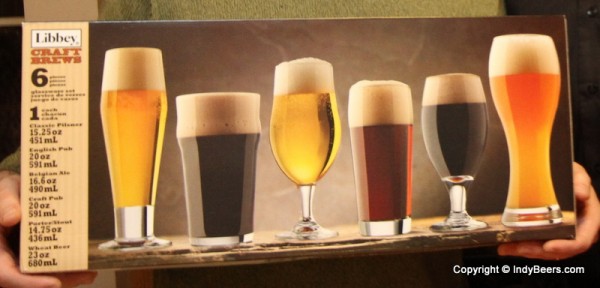
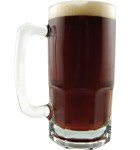

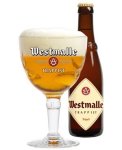

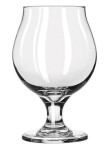
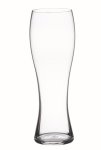
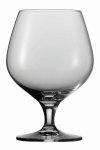
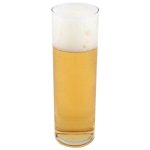
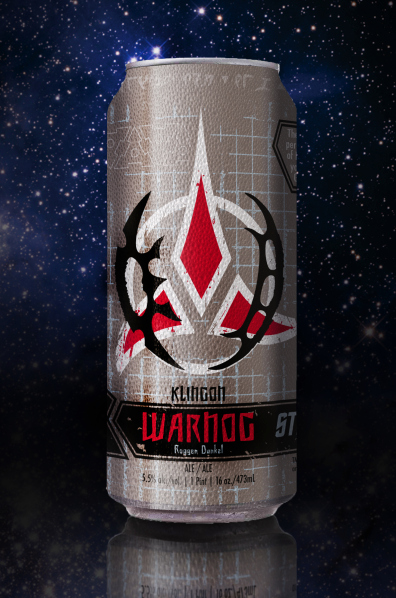

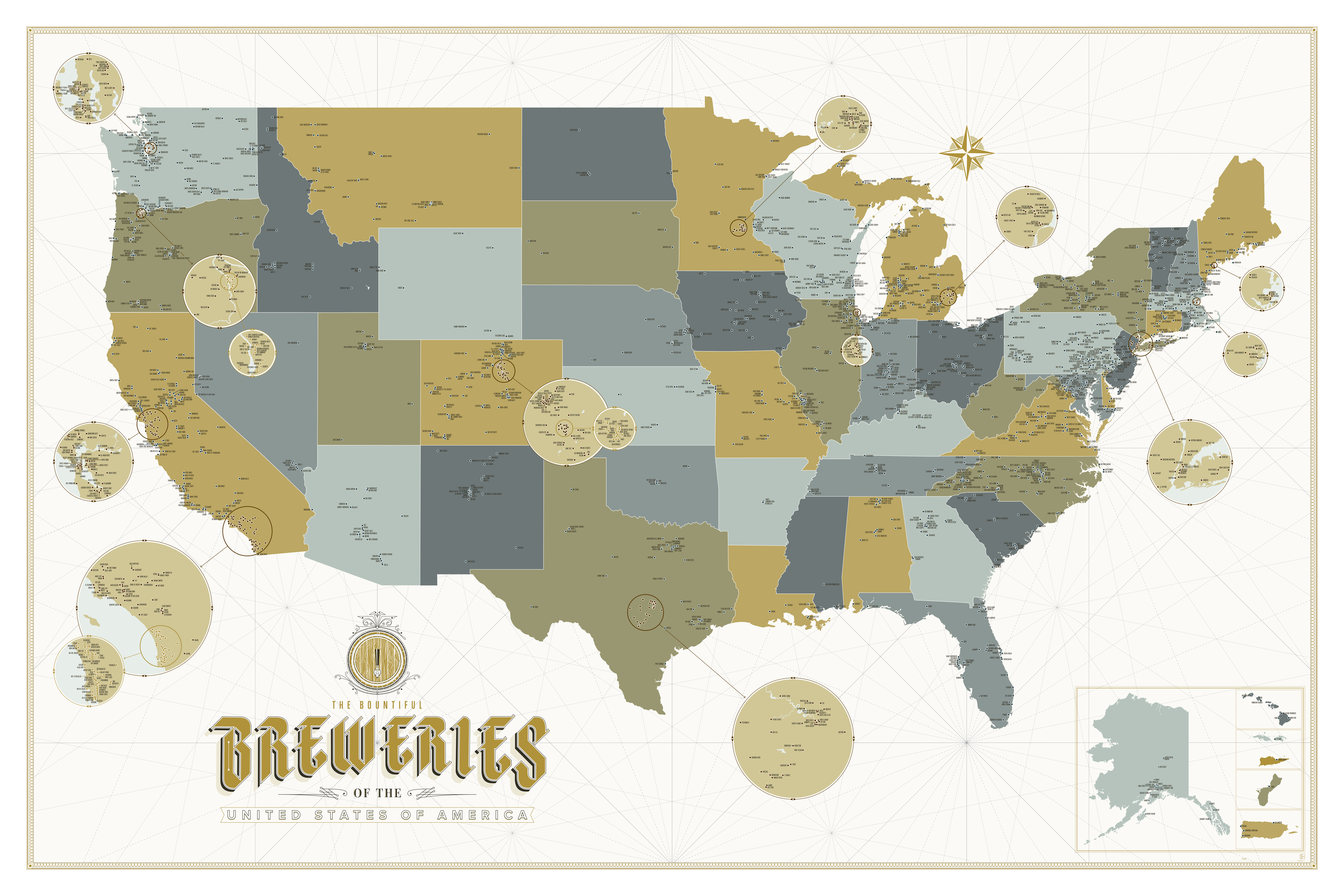
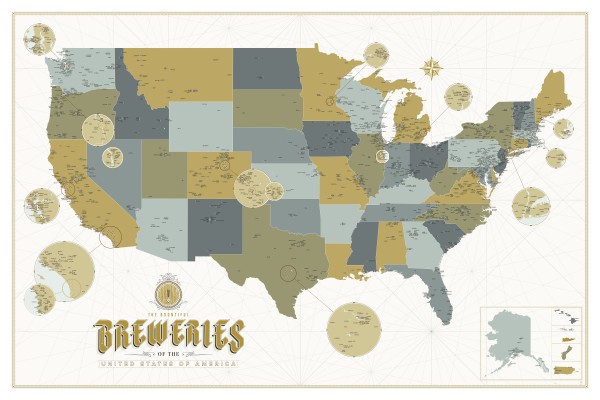



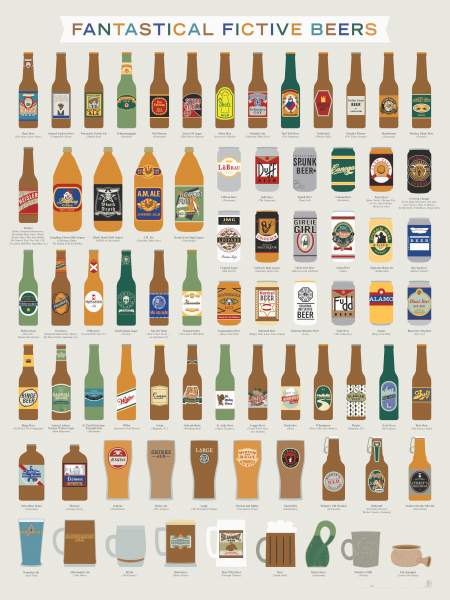
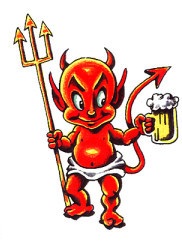

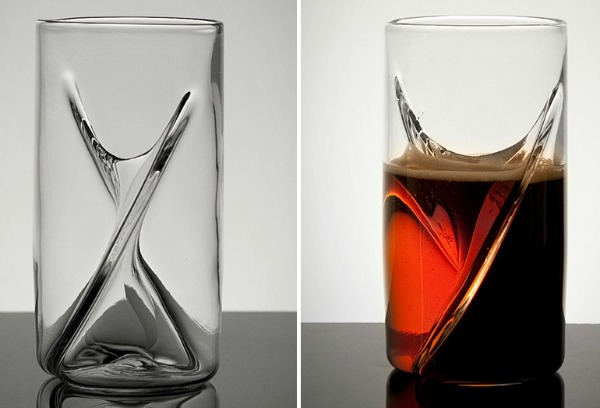

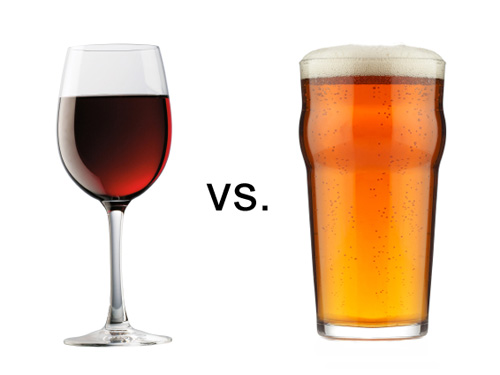




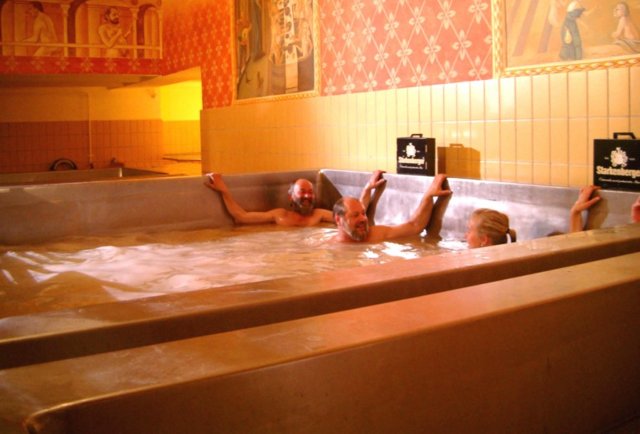







Follow Us!